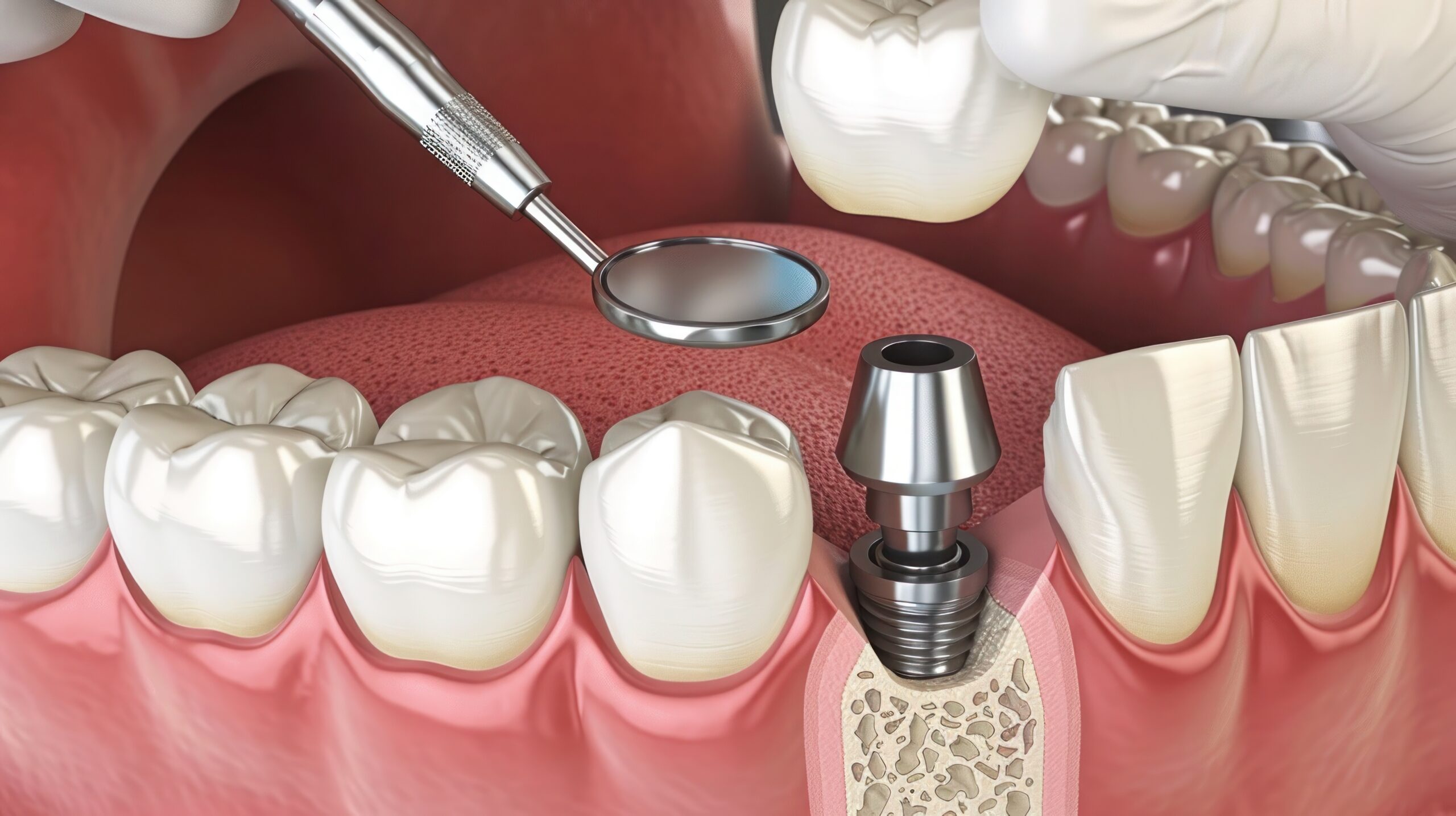Bone Graft

What is a Bone Graft?
A bone graft is a surgical procedure to replace or repair bone tissue. It is often used to treat bone fractures, bone infections, and dental implants.
How is a Bone Graft Performed?
Bone grafts can be performed using different types of bone, including:
• Autografts: Bone taken from your own body.
• Allografts: Bone donated by another person.
• Synthetic grafts: Bone substitutes made from synthetic materials.
The procedure for a bone graft depends on the specific type of bone graft being performed. It may involve harvesting bone from a donor site, preparing the bone for transplantation, and then surgically placing the bone into the affected area.
• Autografts: Bone taken from your own body.
• Allografts: Bone donated by another person.
• Synthetic grafts: Bone substitutes made from synthetic materials.
The procedure for a bone graft depends on the specific type of bone graft being performed. It may involve harvesting bone from a donor site, preparing the bone for transplantation, and then surgically placing the bone into the affected area.
After Treatment
Recovery from a bone graft depends on the type of bone graft performed and the location of the surgery. It may take several weeks or months for the bone to heal. You will need to follow your surgeon’s post-operative instructions carefully, which may include:
• Avoiding strenuous activity for several weeks.
• Taking pain medication as prescribed to manage discomfort.
• Attending follow-up appointments with your surgeon to monitor your healing progress.
• Avoiding strenuous activity for several weeks.
• Taking pain medication as prescribed to manage discomfort.
• Attending follow-up appointments with your surgeon to monitor your healing progress.
Things to Be Careful About
While bone grafts are generally safe procedures, there are potential risks and complications associated with them. These may include:
• Infection: There is a risk of infection at the graft site.
• Rejection: If a donor bone graft is used, there is a small risk of rejection by your body.
• Fracture: In some cases, the grafted bone may fracture.
• Pain: You may experience pain or discomfort at the graft site.
If you’re considering a bone graft, it’s important to discuss the risks and benefits with your surgeon to determine if it’s the right procedure for you.
• Infection: There is a risk of infection at the graft site.
• Rejection: If a donor bone graft is used, there is a small risk of rejection by your body.
• Fracture: In some cases, the grafted bone may fracture.
• Pain: You may experience pain or discomfort at the graft site.
If you’re considering a bone graft, it’s important to discuss the risks and benefits with your surgeon to determine if it’s the right procedure for you.
